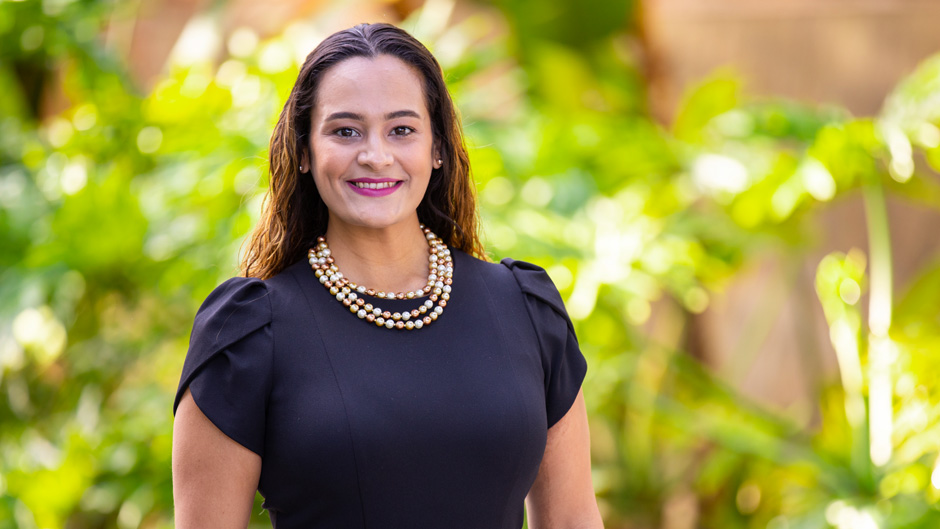The health warnings against smoking or vaping cannabis while the novel coronavirus continues its global assault are clear: Because COVID-19 attacks the lungs, cannabis users should quit inhaling cannabis.
Yet the preliminary results of an international survey of both medicinal and recreational cannabis users suggest that a majority are continuing the risky behavior. Only 16 percent of more than 2,000 self-identified cannabis users who have answered the anonymous questionnaire so far said they have changed how they consume cannabis. Of those, only a third said they had curtailed inhaling it.
“Whether they are recreational or medical users, all cannabis users are a vulnerable population right now for different reasons. But the one thing they have in common is that the majority continue to smoke or vape,’’ said Denise Vidot, assistant professor and an expert on the health effects of cannabis at the University of Miami School of Nursing and Health Studies, who is leading a study based on the survey.
That’s concerning, Vidot said, not only because of growing evidence that shows smokers who contract COVID-19 have more severe symptoms and complications than those who don’t smoke. But many recreational cannabis smokers are also known to share their product—which is a sure-fire way to spread the disease that has killed more than 288,000 people globally.
“In mouth-to-mouth contact, you’re literally sharing saliva, especially if you’re passing an electronic vaporizing device,” Vidot said.
At last count, the 2,000-plus self-identified cannabis users who voluntarily answered questions about how the pandemic has changed their access to cannabis—and their frequency, dose, and method of ingesting the substance—were from at least 46 countries. The University’s Hemispheric University Consortium, which advances research and education throughout the Americas, has been particularly helpful in disseminating the electronic survey across the hemisphere, but Vidot and fellow researchers at the University of Texas, State University of New York, and the University of North Carolina Chapel Hill hope to collect information from approximately 10,000 respondents who are 18 or older from every country in the world.
Their long-term goal is to help guide future public policy and education campaigns by having enough information to generalize how COVID-19 is changing cannabis use and impacting users, particularly medicinal users who consume it in myriad forms—oils, ointments, creams, pills, and other edibles—to ease anxiety and depression; post-traumatic stress; chronic pain; or living with cancer, HIV, or other debilitating diseases.
“If COVID-19 has taught us anything, it is that population-based data is vital to make informed decisions,” Vidot said. “So, we are combining our skills to do our part to provide that data.”
Since the World Health Organization declared COVID-19 a pandemic, Vidot said, more than 20 U.S. states have taken steps to ensure that state-licensed cannabis dispensaries can remain open as essential services. But the preliminary survey data shows that a third of medicinal cannabis users have no more than a two-week supply on hand, and more than half are worried about how they’ll continue to afford their prescriptions.
Like millions of people around the world, Vidot pointed out, many medicinal cannabis users are losing their jobs and health insurance, which didn’t pay for their cannabis products under normal circumstances. “The actual product is not covered by conventional health insurance, so imagine any medicine you have to buy without health insurance,” she said. “What is the market value? That’s what medicinal cannabis users have to pay.”
Vidot also noted that some recreational cannabis users identify themselves as such only because they can’t afford to acquire a state-issued medical marijuana card, which would enable them to obtaincannabis for medicinal use with a doctor’s recommendation. So, they are also facing economic hardships that may put cannabis products out of their reach—products that now come in so many medicinal forms that Vidot is surprised medicinal users continue to smoke cannabis in the highly contagious world of COVID-19.
“I am not surprised about recreational users because, by definition, they get it from illicit sources,’’ she said. “I am surprised that the medicinal users are reporting as much smoking as they are, especially considering that lots of the states have legalized cannabis in multiple forms.’’
Though not surprised by it, Vidot is also concerned that anxiety and depression were the most common preexisting chronic conditions that survey respondents cited for depending on cannabis. “These were the most prevalent preexisting conditions prior to COVID-19,” she said. “So, if anxiety and depression were already the most prevalent preexisting chronic conditions, imagine it now.”
Anyone 18 or older is invited to complete and pass on the survey to others.

